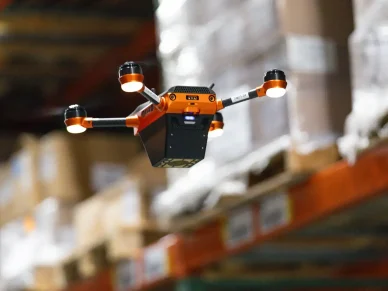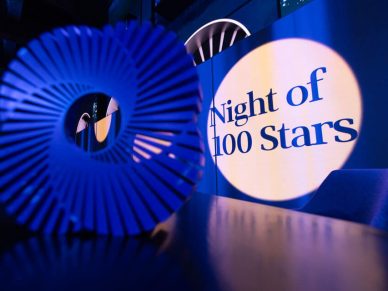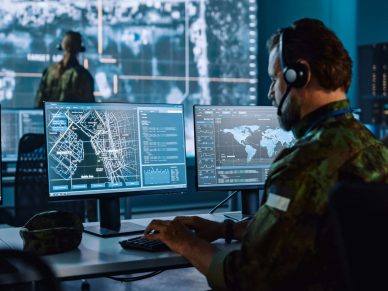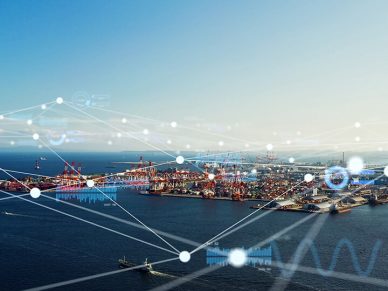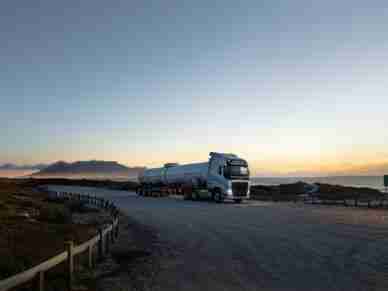View This Article in BOSS Magazine
One of the world’s busiest marine terminals is bringing its tech offerings into the future while blazing a trail toward zero emissions
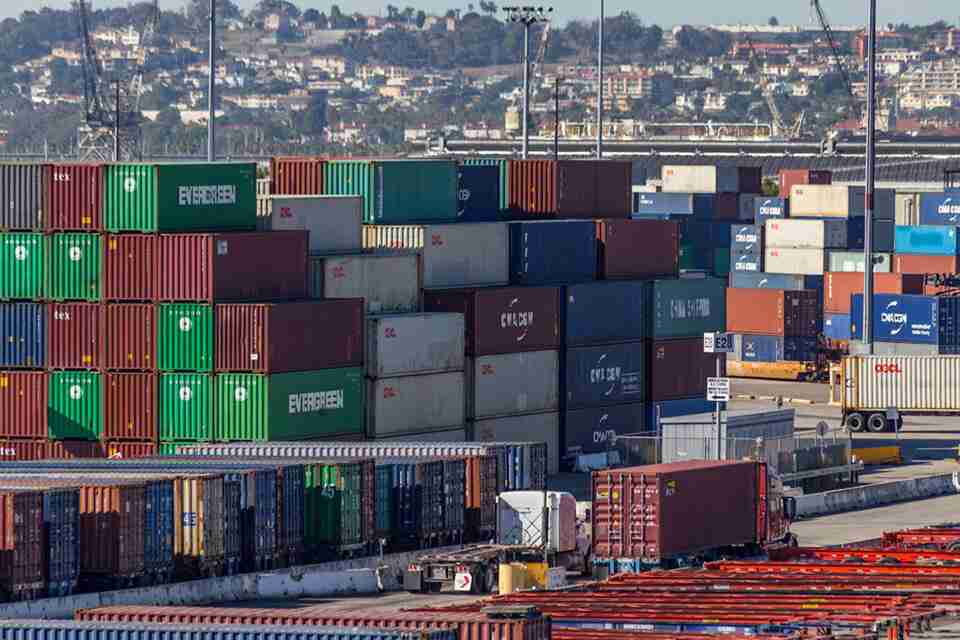
There’s a lot going on at the Port of Los Angeles. It’s one of the busiest ports in the world and consistently the busiest in the U.S. Odds are, if you bought something that was made in Asia, it passed through there on its way to you. It may well have gone through the Fenix Marine Services terminal, considering it handles more than 2.5 million TEU a year. With four berths, each 1,000 feet long and at least 50 feet deep, it’s no wonder Fenix Marine is trusted with so much cargo.
Things have been especially challenging the last couple years, with soaring demand for goods bringing boatloads upon boatloads of stuff to the ports of Los Angeles and Long Beach. It’s made logistics even more of a puzzle than usual.
“What a marine terminal operator can do is either wait or be the frontrunner,” Pekka Ranta, who came on as chief technology officer at Fenix Marine when shipping and logistics leader CMA CGM Group bought the terminal outright in late 2021. “I’m glad that Fenix has decided to be the frontrunner.”
What that’s meant is a host of technological enhancements to get goods through port, onto trucks and trains, and out to consumers efficiently.
Getting Up to Speed
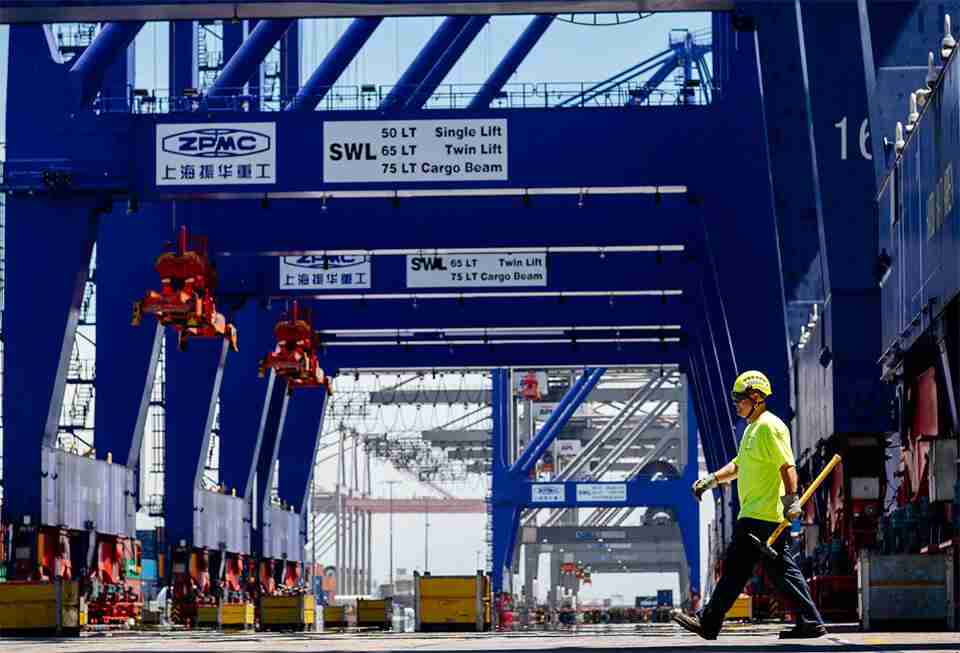
When CMA CGM took over fully – the group previously owned a 10% stake in Fenix Marine – ownership and the executive team took an overview of operations. What’s working? What needs improvement? Where are the constraints and opportunities?
Ranta said they found good bones in the overall structure but some obsolescence on the IT side that needed immediate attention. He and the new asset management team now have all the bandwidth they need to improve things and keep the terminal running out in front of the competition.
“Building the future, there’s a very healthy pathway with the new ownership,” he said.
Unclogging Bottlenecks
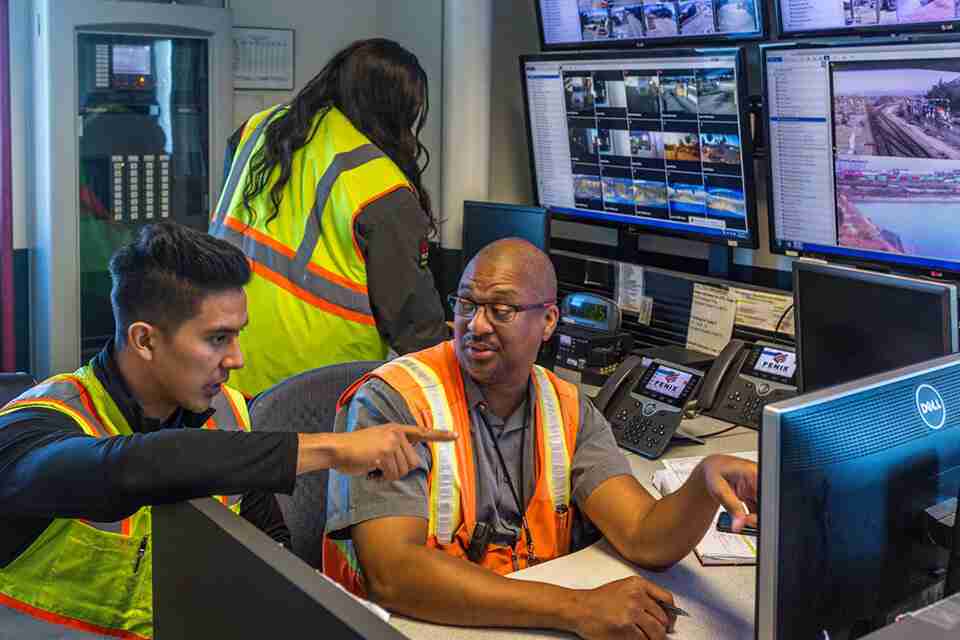
Among the technical solutions Fenix Marine has enacted is an increase in data visibility. That enables logistical teams to make the right decisions on resource allocation much more quickly and easily.
“You know where your resources are short or you have a lack of equipment or lack of available capacity, that will redirect the flow of cargo,” Ranta said.
Fenix Marine has been a participant in the U.S. Department of Transportation’s FLOW (freight logistics optimization works) program aimed at “improving key freight information exchange between parts of the goods movement supply chain.”
Increased communication with trading partners such as the trucking companies that take cargo from port out to delivery destinations has helped to identify where bottlenecks are and how to resolve them, Ranta said.
Fenix Marine communicates with truckers via its Mission Sync app, which provides real-time staging and delivery instructions. HONE (hyper-optimized nodal efficiency) is Fenix Marine’s proprietary AI engine designed to ensure stable and predictable operating performance while improving turn times and increasing productivity of its 27 RTG cranes. The terminal has also developed a VIP services API to precisely tailor the delivery of their most critical cargo through an advanced appointment scheduling processes.
“I don’t think there’s many other port complexes offering this type of care and options to customers,” Ranta said. “On that end, we want to be the leading-edge terminal.”
Ranta and his team will continue to build up Fenix Marine’s business intelligence platform and digitalize the terminal’s asset management.
“This includes IoT pilots to access equipment data and improve situational awareness in scenarios when equipment failures happen.”
Through the Fenix Marine appointment system, FCP (Fenix Community Portal), trading partners can check cargo availability and make appointments, make payments, and tie into the APIs.
“Our technology supports our customer service,” Ranta said. “We are not just a faceless company, we have a robust customer service process where we are providing credentials in a timely manner as we develop. We look in the next year to improve our offering of digital services for the trucking community to improve processes on our end and on their end.”
The Portal to Zero Emissions
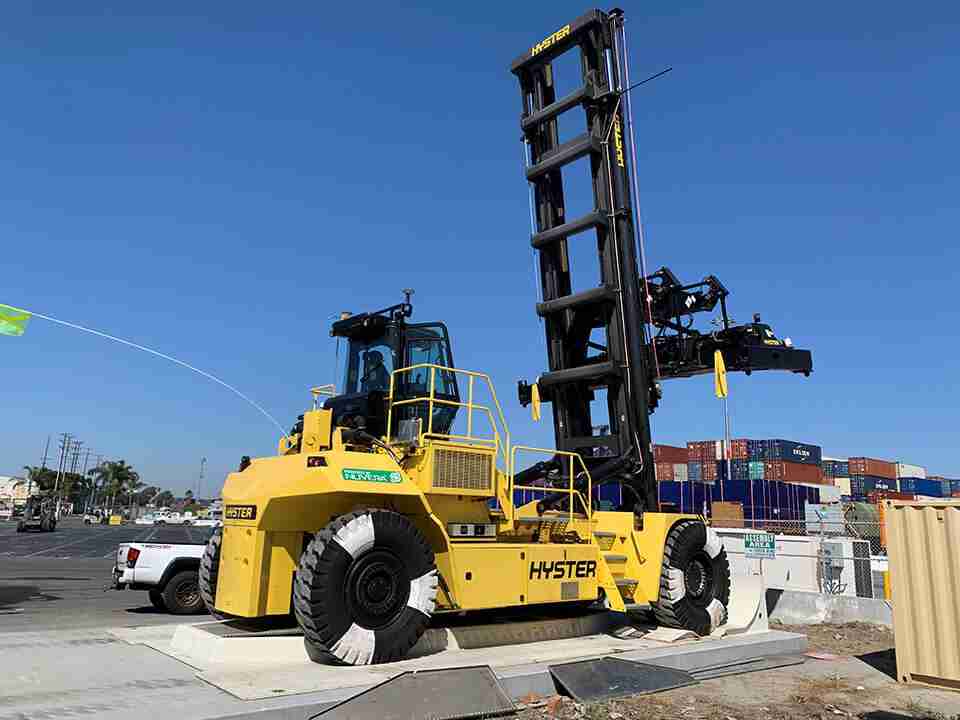
Being at the Port of Los Angeles, Fenix Marine is subject to the California Clean Air Action Plan, which calls for carbon neutrality across the state by 2045. To be compliant, ports need to be at or near zero emissions by 2030. It’s in this area especially the Fenix Marine and CMA CGM are frontrunners.
“Mitigating greenhouse gas emissions is one of the top agendas for our new owners,” Ranta said. “Also, The Port of Los Angeles has been very supportive on their end.”
The Port of Los Angeles has implemented Alternative Marine Power, an air quality program that reduces emissions from container vessels docked at the port by having them “plug in” to shoreside electrical power rather than idling on diesel power.
Fenix Marine has replaced older diesel operated equipment with lower emission battery-hybrid technology and deployed renewable diesel in its fleet.
“We have a few pilot programs testing hydrogen-powered zero-emission equipment in our operational environment,” Ranta said, “and we have already executed some energy savings programs, including LED lighting and energy storage systems.”
These measures are just the start in the sustainability landscape, he said. Fenix Marine is constantly asking, “What would be the best way to get the terminal to zero emissions?”
The terminal is anticipating the challenges full electrification will present in terms of demand on the grid when everyone in the port complex heads in that direction.
“Any alternative energy option is very critical, and hydrogen is something we are looking at more deeply, while keeping other possible options available to us,” Ranta said. “All these initiatives are supported by our parent companies. We have very good cooperation with their sustainability team and the equipment team to evaluate projects globally which may be suitable for us.”
As with any task Fenix Marine takes on, it’s a big job, but they’re more than capable of handling it.
Fenix operates one of the largest container terminals in the Port of Los Angeles, in a prime location adjacent to the deep-sea channel and the ship-turning basin. With four berths (1,000 feet each) a minimum of 50’ deep, 16 container cranes, ample rail and truck capacity, advanced information systems, a skilled workforce, and a commitment to continuous innovation, we’re on the leading edge of terminal performance today and tomorrow, at the heart of the busiest container port in the Western Hemisphere.
Corporate Office
614 Terminal Way
Terminal Island, CA 90731
Phone Number: (310) 548-8815
Homepage Link: https://fenixmarineservices.com/
Facebook: https://www.facebook.com/pages/Fenix-Marine-Services/514445959054929
LinkedIn: https://www.linkedin.com/company/fenixmarineservices/
YouTube: https://www.youtube.com/@fenixmarineservices3191
